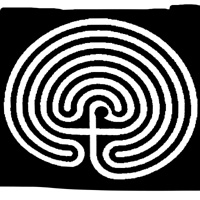- There are over 27 million slaves in the world today. During the entire span of slavery in the United States, only 13 million were bought and sold.
- The average cost of a slave is now at an all-time low. There are a lot of "disposable people" today; people who have absolutely nothing, including protection, options and money. They are "expendable." Comparatively speaking, a slave in the U.S. used to cost approximately $40,000 in today's currency. In other words, they were a big investment. Today, a slave can be bought for as low as $30. Let that one sink in. Think about how little a person would care about a slave if they could go out and buy another one for so little. Meanwhile, the slave holders make massive amounts of profit on the weak and marginalized of our world.
- Three things are needed to fight global slavery: awareness, resources and commitment.
- This one I found extremely interesting, though it is an idea that Bales is just beginning to work our for his next book: slavery and the destruction of nature are intertwined. They form a vicious circle and go hand-in-hand throughout the world.
- How to become a slave-free city; 1. Community decides it wants to do it, 2. People learn how to identify a victim of slavery/human trafficking (similar to the pamphlets sent by the government post-9/11 on how to identify a terrorist), and 3. Trace product supply chains to make sure they weren't made with the help of slave labor.
So that's the run-down on Bales' message for my city. I am skeptical but hopeful when it comes to all of "us" (as in comfortable Americans sitting in our comfortable houses) actually helping. But you never know. For now, I am trying to figure out how I can be the change I want to see. You never know...
Peace,
Matt










